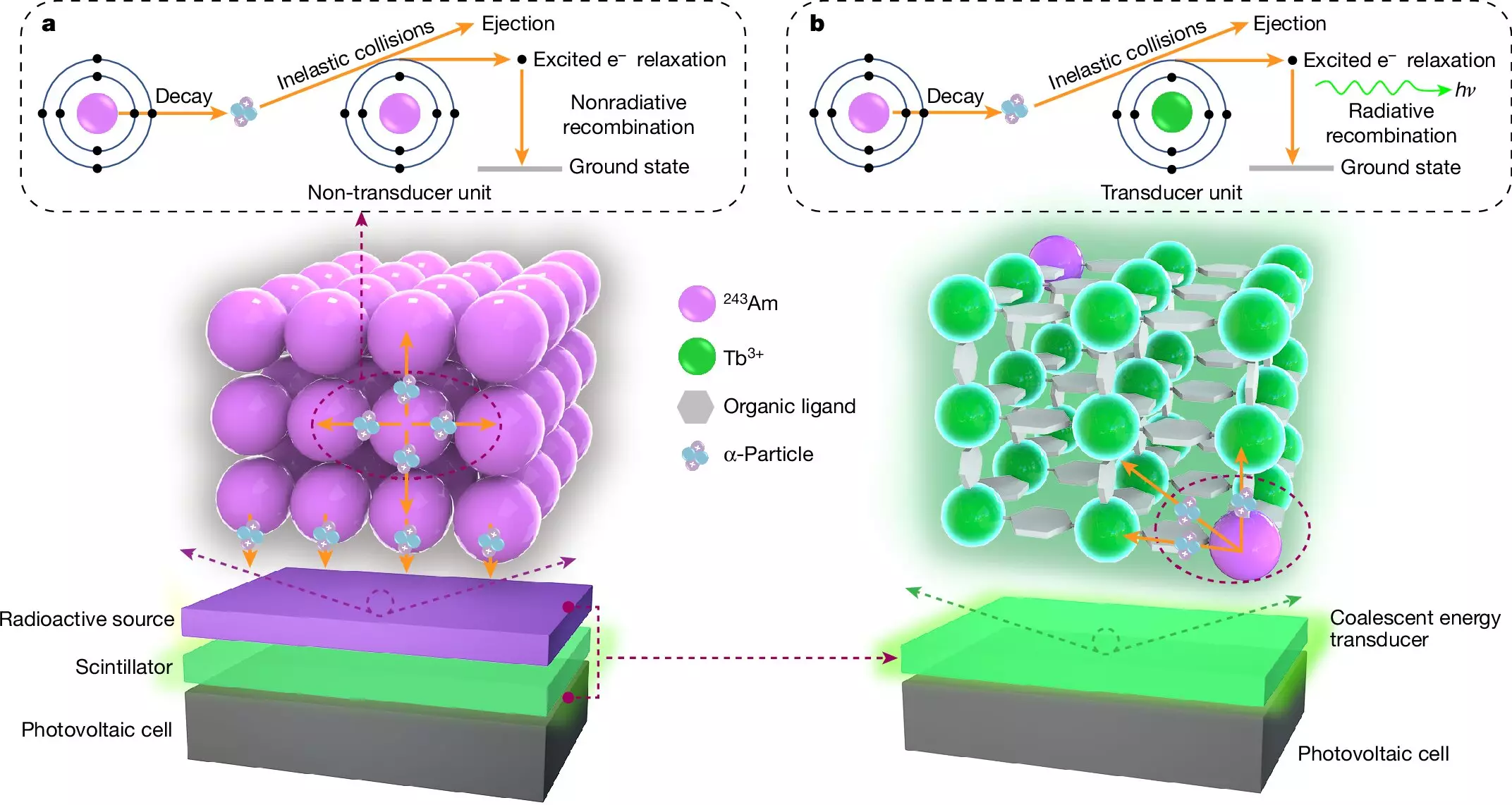In a groundbreaking development, a multidisciplinary team of physicists and engineers from various institutions in China has unveiled an extraordinarily compact nuclear battery. This new technology, as outlined in their recent publication in the esteemed journal *Nature*, boasts an astonishing efficiency that is reported to be up to 8,000 times greater than previous iterations. This innovation not only signifies a remarkable step forward in the quest for sustainable energy sources but also holds promise for powering an array of devices ranging from smartphones to autonomous vehicles.
Historically, the search for miniature nuclear power sources has faced significant challenges, primarily due to the inherent dangers associated with nuclear energy. Despite the potential advantages, the complexities of nuclear reactors, even in smaller formats, have thwarted progress in this area. Researchers have explored the possibility of harnessing radioactive materials to create batteries capable of maintaining a charge for extended periods. However, the focus on minimizing the quantity of nuclear substances used often resulted in low efficiency and limited power output.
The researchers’ latest invention marks a departure from traditional nuclear battery designs. By incorporating americium—a radioactive element—into a specially designed crystal structure, the team managed to leverage the radiation emitted by alpha particles to generate light. This innovative approach led to the creation of a glowing green crystal, which was subsequently coupled with a photovoltaic cell that converts this light into usable electricity. To ensure user safety and prevent radiation exposure, the entire assembly is encased within a protective quartz shell.
One of the most significant advantages of this newly developed battery is its long lifespan. The americium used in the design has a half-life of approximately 7,380 years, suggesting that, theoretically, the battery can remain operational for decades. However, the researchers have indicated that the materials surrounding the americium will likely degrade far before reaching this half-life. Their findings revealed that while this battery can sustain a minimal output over a long period, its power generation is still limited. For example, it would require about 40 billion units of this battery to illuminate a standard 60-watt bulb.
Despite its limitations in power output, the potential applications of this technology are vast. The researchers envision refinements that could lead to even smaller and more efficient batteries, paving the way for their use in remote sensing devices, space missions, and other applications where traditional batteries fall short. As we stand on the brink of a new paradigm in energy production, the implications of such advancements could be transformative, particularly in the domains of space exploration and remote energy systems.
While still in the nascent stages, the development of this ultra-efficient nuclear battery heralds a promising future for energy technology, merging safety with sustainability in a way that could redefine how we power our devices for generations to come.


Leave a Reply